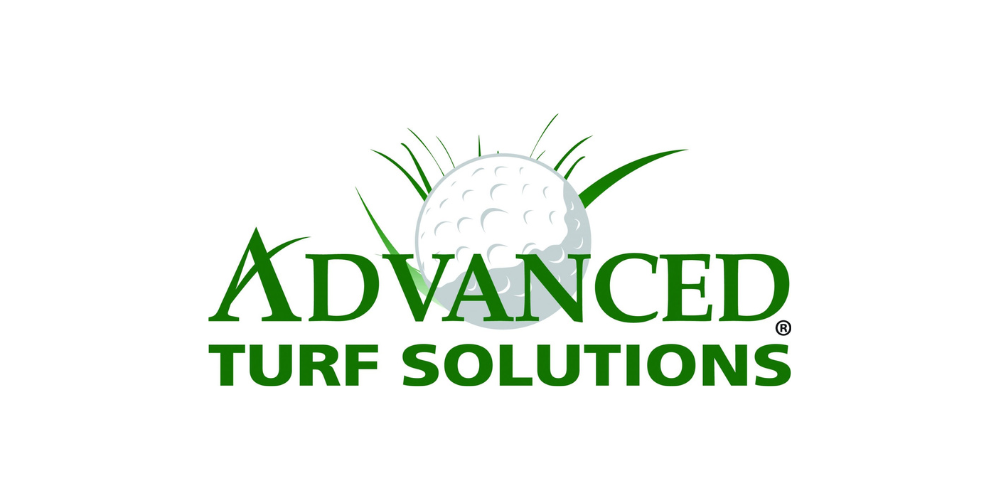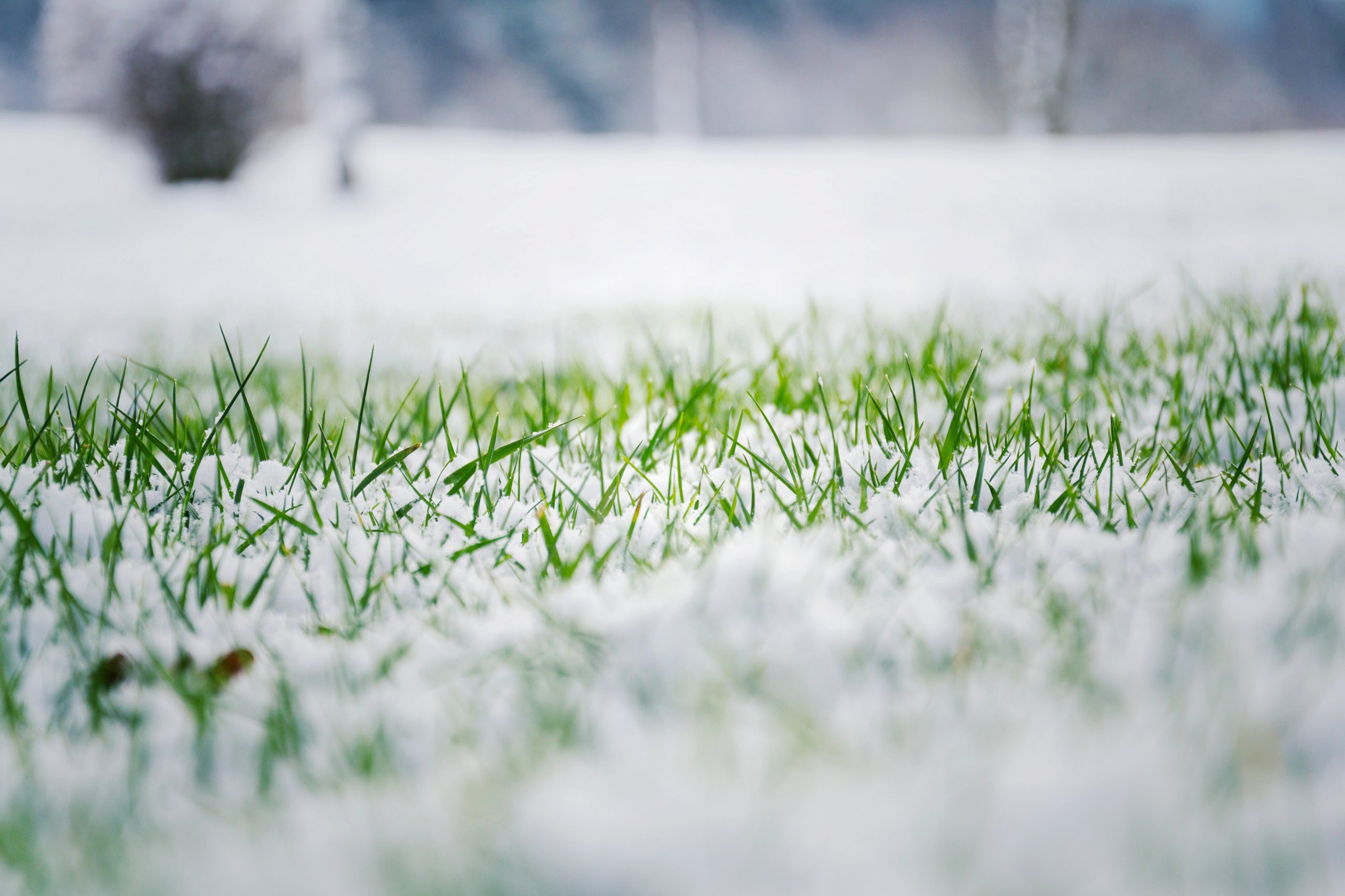When the spring rains turn off and the irrigation turns on, it becomes a little more challenging to manage your water. On a golf course, the goal is to dry the surface down in a way so that the turf is firm and fast, yet healthy underneath. Golf course professionals lean on wetting agents to keep the moisture in the profile uniform throughout. Wetting agents also allow the surface to absorb water faster and re-wet any dried-down soil profile.
When the humidity in the air drops to a low percentage, the moisture in the ground starts to get sucked out, which causes a waxy coating to form around the soil particles. Once this process begins, it causes the turf to turn pale or purple. This is called Localized Dry Spot, or LDS. LDS can form anywhere there is turf on soil: greens, fairways, tees, and roughs. This condition can be a bear to control without the use of a wetting agent. Think of LDS as a rock under the surface that does not take water. As time goes on, that rock gets larger. When you water a rock, that water goes all around it and doesn’t penetrate the center—or, in this case, waxy particles. Superintendents who do not use wetting agents have to frequently punch holes in the soil to create an avenue for water to penetrate the hydrophobic soils, which may lead to more irrigation than is actually needed. This leads to disease, soft surfaces, and hours of wasted time hand watering.

Wetting agents can be applied in a few different ways and in a few different forms. The most common application is through a driven sprayer, applying the product to the whole intended area. If there is an area that needs a little more attention, you can chicken feed a granular wetting agent. Another way is to use a wetting pellet through a hose applicator. Wetting agents are versatile, and the labels have a rate for every situation. These can be applied biweekly or monthly, depending on preference. When laying new sod, you can put an application over top, and this will allow for faster rooting and less stress on the transplanted turf. No matter how you do it, make sure you water it in after and use enough water in accordance with the label.
Once a wetting agent is applied, it reduces the surface tension of water, which improves penetration, and it leeches into the soil for water retention, allowing the soil to re-wet. Infiltration ensures the water put on the surface through a rain event, irrigation, or hand watering is going where it should and limits runoff. This also creates a firmer surface for playability and allows courses to be opened faster after a rain event. Retention in the lower rootzone is important because it allows the roots to dive down and have enough energy to make it through the summer months. The ability to re-wet allows the soil to take water and immediately break down LDS in between waterings with overhead sprinklers or rain.

Knowing what kind of wetting agent to use depends on the makeup of your soil profile. There are many different products for each situation, ranging from holders to penetrants. Sandy soils need a 90% holder and 10% penetrant, while clay soils might call for 80% penetrant and 20% holder. In the spring months, a penetrant might be used more due to frequent rain events, and over the summer, a holder may be added to combat high temperatures and low humidity. Consult with your Advanced Turf Solutions Representative to find what best works for your situation.












